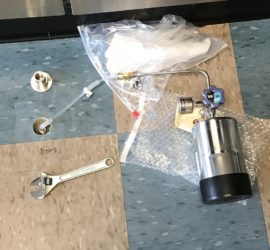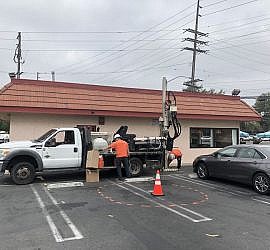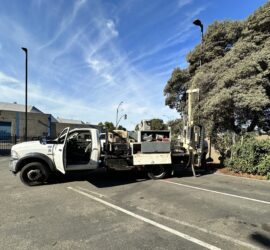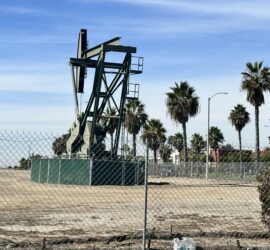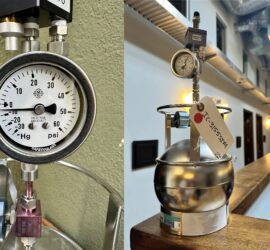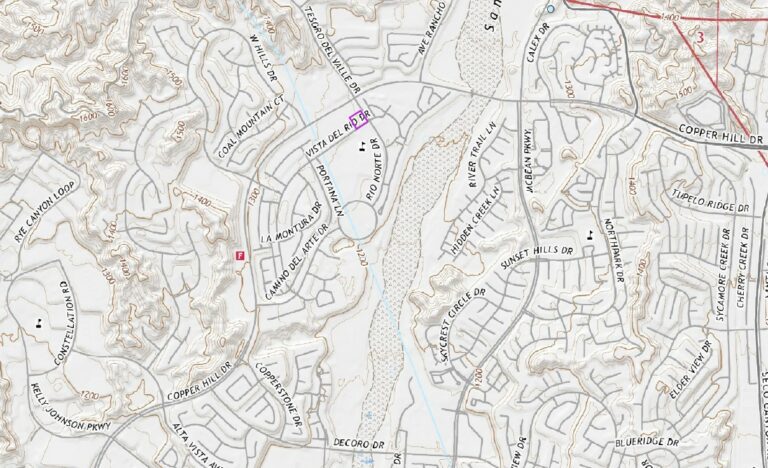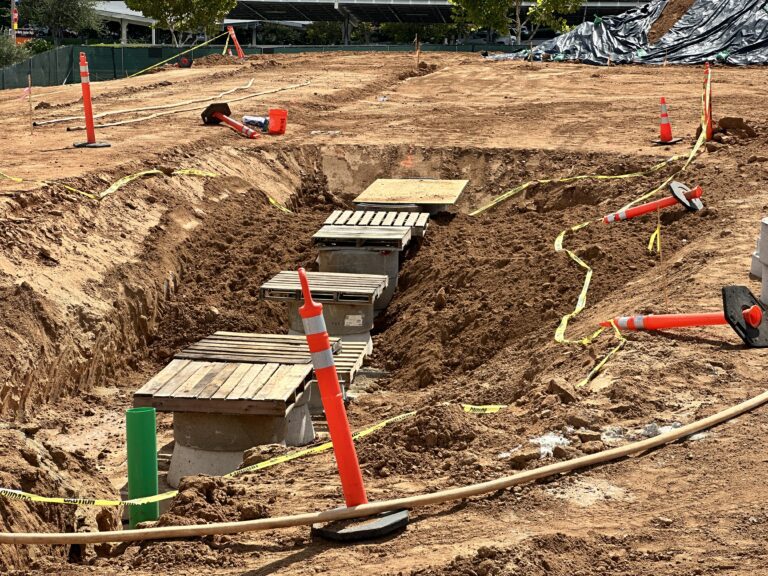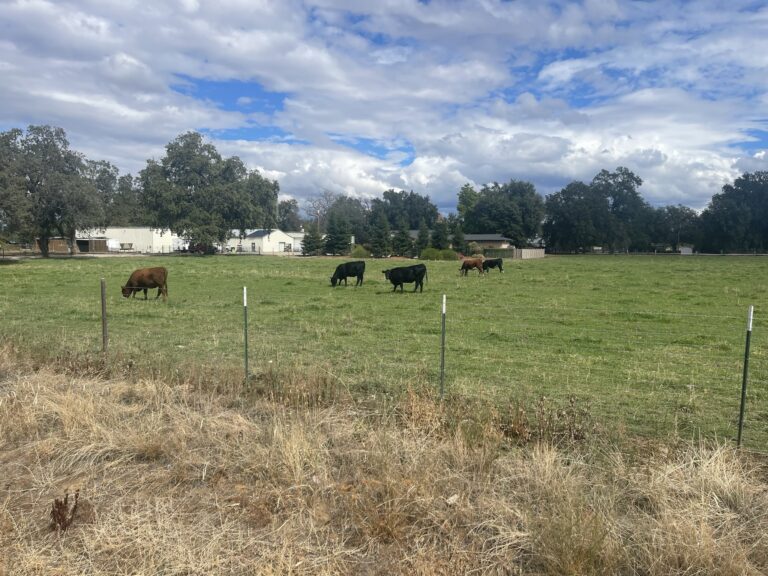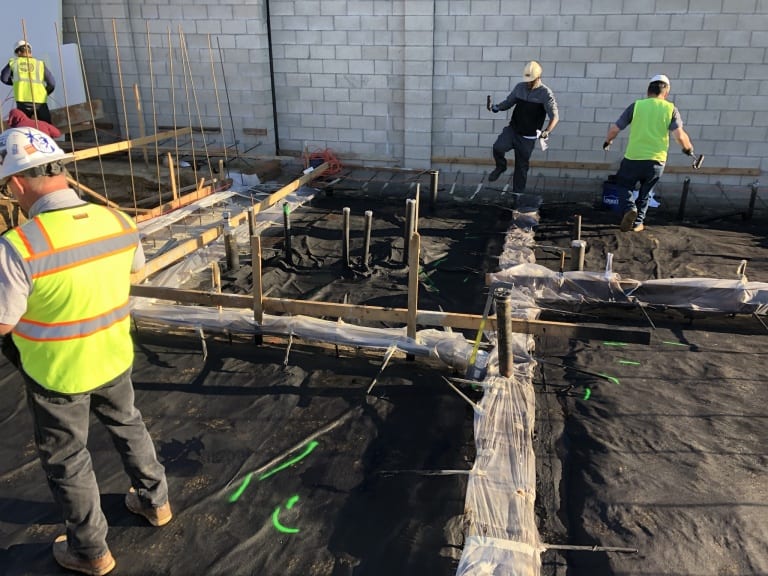Landfill Methane Gas Testing
Landfill methane gas testing is the process by which professional geologists and engineers determine the concentration of landfill gas between soil grains underground. Usually, this is a requirement by environmental regulatory agencies and building departments for the protection of public health. In fact, quarterly landfill gas testing is a common regulation for areas within close proximity to dumping sites. Landfill gas has a high methane content, as well as other toxic chemicals of concern. Updated April 7, 2024.
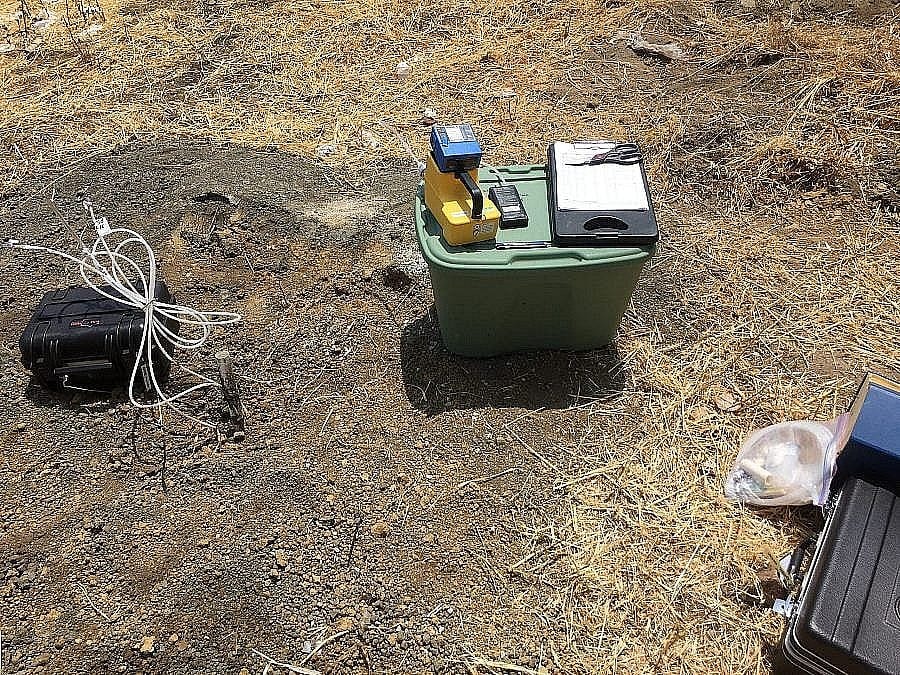
What is Soil-Gas?
Soil-gas is the vapor phase substance that exists within the pore spaces of soil grains underground. In scenarios where liquid phase toxins are dumped into the ground, chemicals migrate into the soil to great depths. Consequently, the liquid phase contamination can change phases, into vapors. And as a result, the vapor phase contamination can migrate even farther. The true danger of vapor phase migration is its ability to creep through building foundations and microscopic pathways in concrete walls.
For example, a restaurant existing above a former landfill gas contamination site can be infiltrated with methane, along with other VOCs. And exposure to such vapors and carcinogens poses a health and combustion risk to the occupants inside. For this reason, landfill methane gas testing monitors are required to ensure the health and safety of residents around dumping sites.
What is Landfill Gas
Landfill gas is primarily the result of the natural degradation and decomposition processes of organic matter at a dumping site. Methane is the largest substance by volume at most facilities. However, based on variable disposal contents, other hazardous chemicals appear within landfill gas as well. For instance, poor housekeeping and disposal management tactics at facilities prior to the 1990s have resulted in the irresponsible dumping of toxic waste, amongst other organic materials. And the material disposed of at a site is a direct reflection of the chemical content of the soil and groundwater contamination plume.
Health & Safety
Carcinogen health risks tend to base on long-term exposure rates. However, they are still material to the health, safety, and well-being of people. Similarly, combustion hazardous exist by the over-concentration of this flammable gas indoors. Any ignition source inside a room with methane gas above the “Lower Explosive Limit” or “LEL” can result in an explosion. These catastrophes have happened before. Thus, awareness and implementation of soil gas testing and mitigation is a requirement in jurisdictions across the nation.
Professional Consultation for Landfill Methane Gas Testing
For questions or concerns about toxic landfill gas or the process of landfill methane gas testing, please call (888) 930-6604 to speak with a professional geologist. Alternatively, a consultation may be set up online using the Geo Forward consultation tool.

